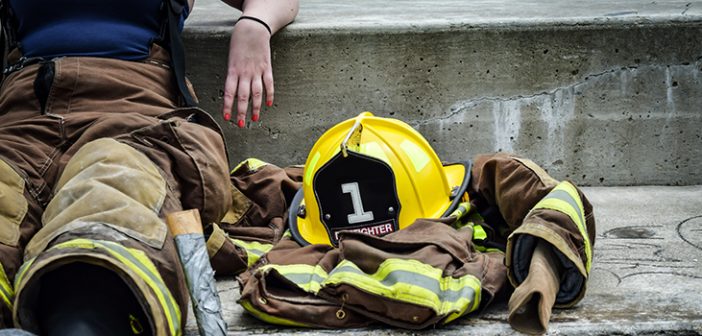There’s no way of knowing when you will have to leap into action when an emergency strikes. Knowing what to do—and even having proper training by a medical professional—can save someone’s life. If you have a few minutes, I’d like to share with you, ways that will help someone during an emergency – whether they occur in the home or in public.
1. Remain Calm
No matter what, it is absolutely essential for you to remain calm during crisis situations. Freaking out and letting stress build up will help no one, and may actually cause more harm due to antsy, frantic behavior. This is because the stress hormone (cortisone) spikes your instinct to “fight or flight”. This is dangerous in situations that require thoughtful actions and critical judgment. Of course, staying cool and collected under pressure is easier said than done. Here is how you can make it easier for yourself:
- Count to 10 slowly
- Practice slow, deep breathing (focusing on your regulating your heartbeat)
- Visualise a calming cue, such as a place that makes you relax and happy for a count of three (repeat three times)
2. Perform Cardiopulmonary Resuscitation (CPR)
It’s a fact of life that you never know when apnea strikes (someone who suddenly or slowly stops breathing). There are many causes for someone to stop breathing. That’s why performing CPR correctly saves lives. CPR is directly responsible for moving blood through brain and heart, providing oxygen throughout the body.
Before performing CPR:
- Call 911 immediately
- If the person is unconscious, shake them and try to wake them up
- Tilt person’s head back and check for signs of breathing (allow 10 seconds between breaths)
If there are no signs of breathing, you can perform CPR by:
- Push hard 2x a second on the chest (between the nipples)
- If still no response, push on chest 30 times and perform rescue breaths
- Repeat
Note: You should only perform mouth-to-mouth resuscitation if you’ve had proper CPR training.
3. Seizure
When someone is experiencing a seizure, it may go unnoticed as they could be stiff and still for a few short moments. A more dangerous seizure is a “fit”, which happens when the person thrashes their body wildly and jerks violently. They may even bite their tongue, cheek, and possibly lose control of their bladder. In many cases, seizures end after a few minutes have passed. An ambulance should be called if the seizure is lasting for more than 5 minutes.
There are still things you can do, though. During seizures, victims can possibly injure themselves. To prevent this:
- Start a stopwatch and time how long the seizure(s) lasts
- Stop them from falling and keep them upright
- If on the ground, roll them on their side
- Never hold them down or stop them from moving
- Remove heavy and/or sharp objects from surrounding area
- Place a cushion (or any soft material) under their head
- If happening to a stranger in public, check to see if they have an epilepsy card (which will instruct you further how to take care of them)
- Once violent movements cease,
- Assess any potential injuries (such as bruises or tongue/mouth bites)
Conclusion
Remember, one of the best things you can do for someone in an emergency (aside from calling 911) is to remain calm. Panicking helps no one. There’s a reason trained paramedics are slow, methodical and relaxed on the scene. Staying calm keeps victims and other people calm who may be involved in the situation.


